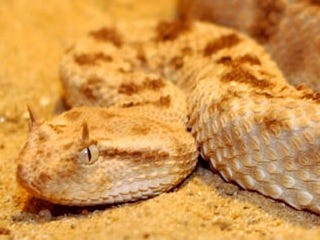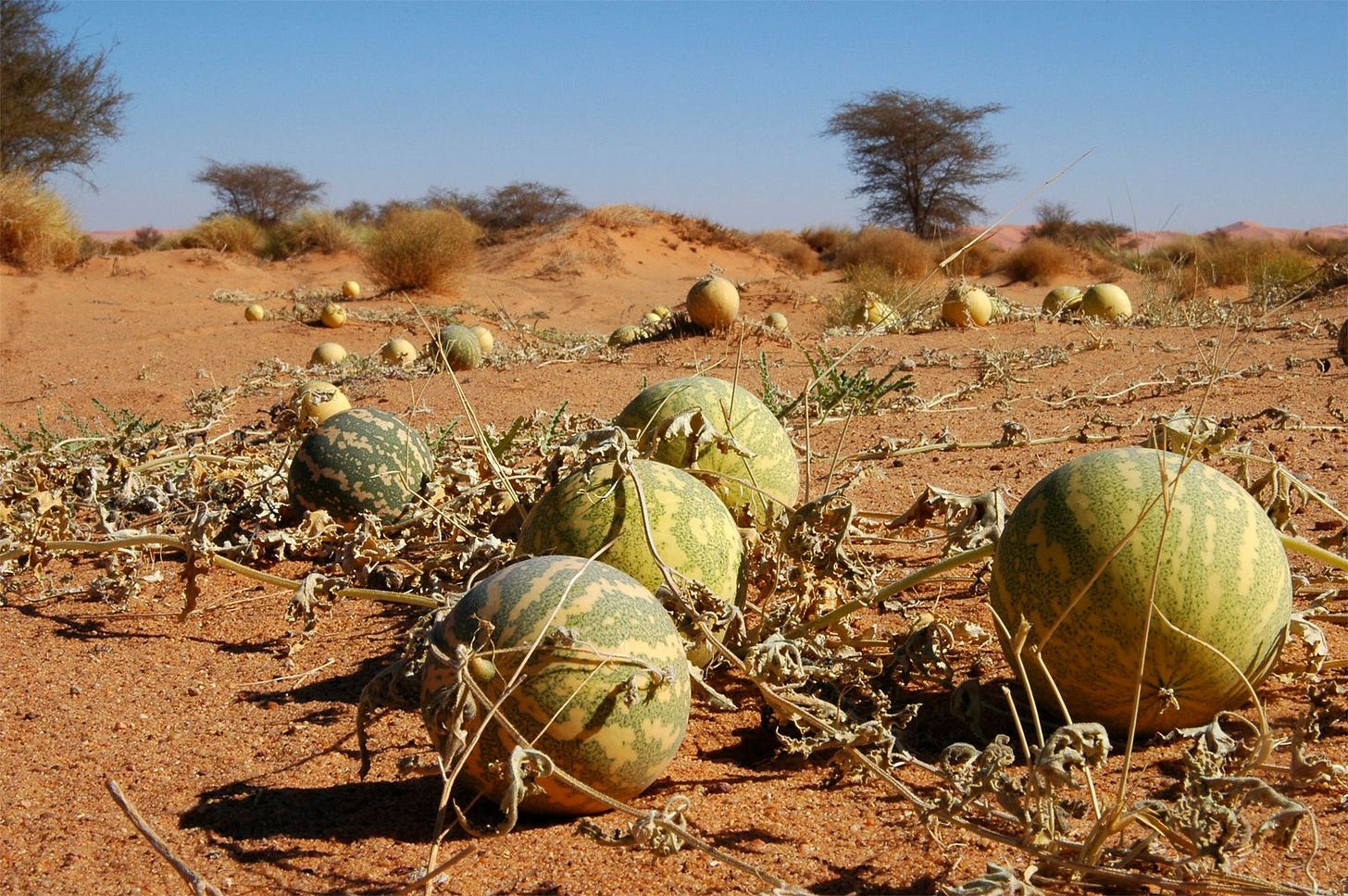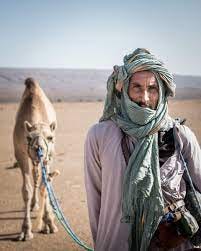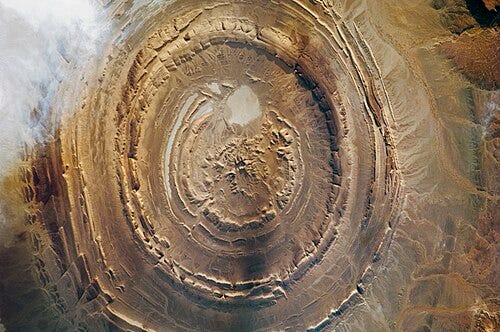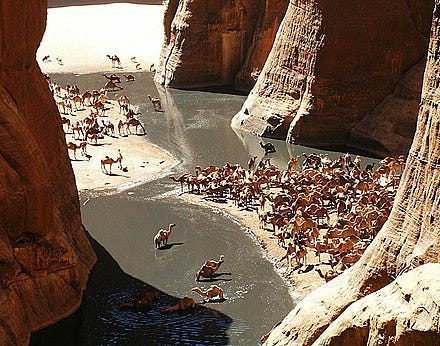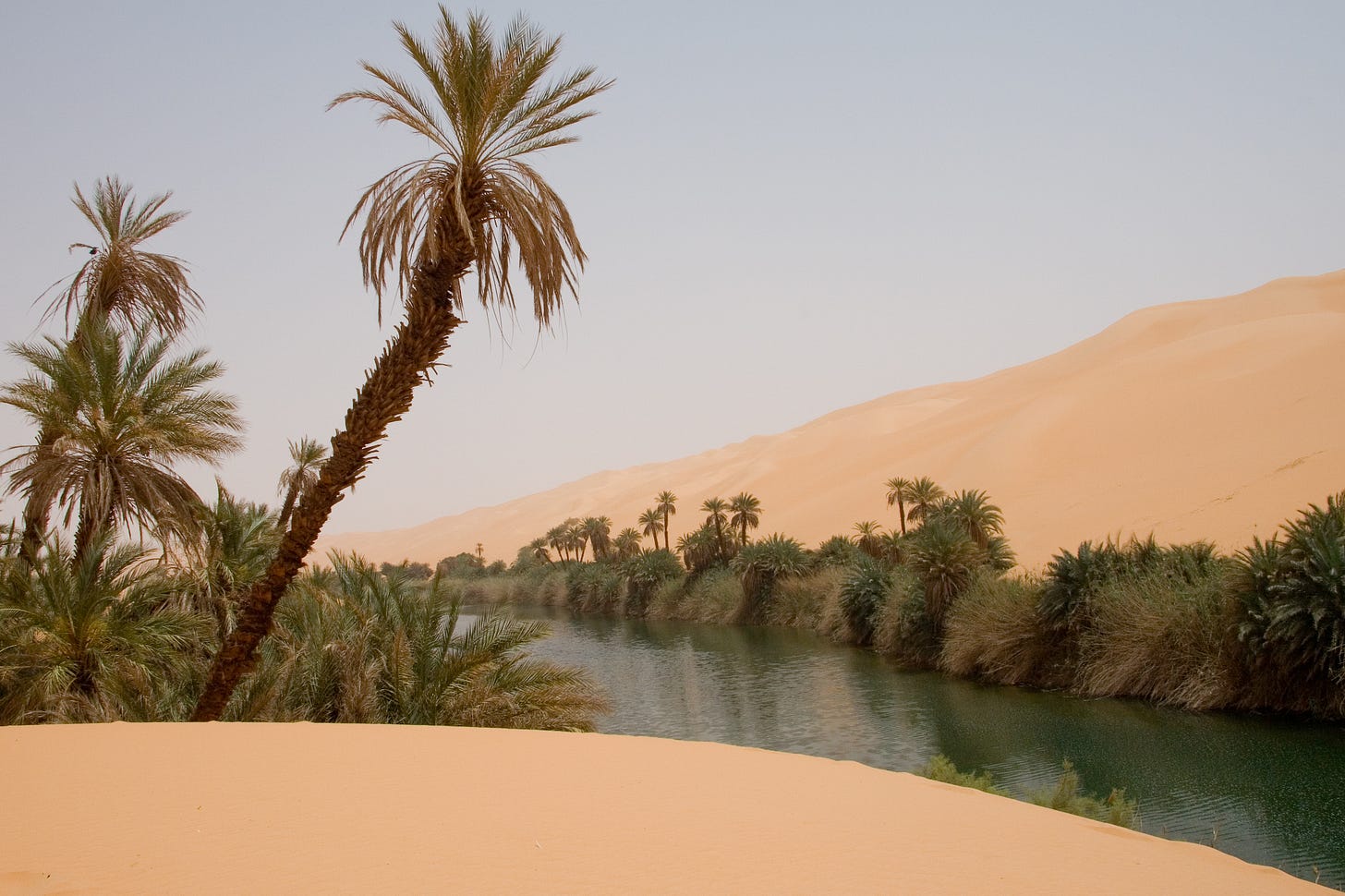OUR DYNAMIC PLANET, Part 4
ALI and a Saharan Nomadic Family by Bernardo Bacalhau
January 21, 2024
EXTRAORDINARY PEOPLE
Discussion with or about everyday people living EXTRAORDINARY LIVES
Do you want to share the experience of an EXTRAORDINARY PERSON? Send suggestions and/or written articles. Comment on substack or email sara.skidmore@icloud.com. For example, if after reading this article about the Sahara, you remember a family member or friend who fought in North Africa during WWII, message me on substack. We’ll share that story with subscribers. Most articles can be read within 2-8 minutes. Any video additions range from 2-18 minutes depending upon content. In any case, I welcome your input and your contribution. To all interested parties just remember, “Writing is easy. All you have to do is cross out the wrong words.” Mark Twain. Let’s tell the world about EXTRAORDINARY PEOPLE!
OUR DYNAMIC PLANET, Part 4
ALI and a Saharan Nomadic Family by Bernardo Bacalhau
An ntroduction to The Sahara Desert precedes the story of ALI and a Saharan Nomadic Family. A peek at human culture is incomplete without knowledge of the surroundings in which they live. Just as important we need to study and discern why there are so many EXTRAORDINARY similarities which echo, for example, from the ARCTIC to the DESERT.
So please enjoy the intro to THE SAHARA and then do not skip Bernardo Bacalhau’s documentary on his ONCE IN A LIFETIME EXTRAORDINARY EXPERIENCE.
Here we go!
VIPER
The Saharan horned viper is a venomous species native to the deserts of Northern Africa and parts of the Arabian Peninsula.
From onyx to mantis, frogs to vipers, gerbils to crocodiles…..The Sahara is the natural home to hundreds of wildlife species. This enormous land mass contains 100 reptilian species, 90 avian species, 70 mammalian species, and a wide array of different animals.
Colocynth, a bitter fruit grows in the Sahara
https://cdn.britannica.com/72/140872-050-69F26783/field-colocynth-fruit-apple-Sahara-desert.jpg
Amazingly, the harsh climatic condition actually supports 2,800 vascular plant species that can survive in an extremely dry, hot environment. And, more than 500 of those species are found in the central Sahara area. With adaptation to the arid conditions plant life grows shorter to avoid the loss of water through the strong winds; stores water in thick stems to provide nourishment during the driest periods; grows long horizontal roots that travel in search of surface moisture; and develops small thick leaves to eleviate evaporation.
World Atlas maps
The Sahara covers large parts of eleven countries (Algeria, Chad, Egypt, Libya, Mali Mauritania, Morocco, Niger, Western Sahara, Sudan and Tunisia) extending 3,500,000 square miles, roughly 31% of Africa. If all areas with a mean annual precipitation of less than 9.8 inches were included, The Sahara would be 4,200,000 square miles. The Sahara is so large and bright that, in theory, it could be detected from other stars as a surface feature of Planet Earth. (1)
For several hundred thousand years, the Sahara has alternated between desert and savanna grassland due to a 20,000-year cycle caused by the precision of Earth's axis (about 26,000 years) as it rotates around the sun. This action changes the location of the North African monsoon.(2)
Right now, in the present rotation, these thousands of miles called The Sahara consist of rocky stone plateaus and sand seas with dunes reaching greater than 1590 feet high. Wind and rare rainfall shape the desert sand dunes, dune fields, sand seas, stone plateaus, gravel plains, wadi, oued, and chott. (i.e., river valley, gulley, and salt lake respectively.)
Huge areas of the desert are empty. Where vegetation can support grazing animals, groups of nomads do survive this fragile ecological balance in one of the harshest environments on earth. Climate and weather in the Sahara vary greatly. Seasons also play a role in both the dry subtropical climate of the north and a dry tropical climate in the south.
The Richot Structure in Mauritania, (northwest region) is an example of an unusual desert landform. The name means feathers. However, locals call it tagense, a circular opening of a leather pouch used to draw water from nearby wells.
Richat Structure as seen from the International Space Station. Location is the Adrar Plateau, Mauritania
Richot Structure is actually an eroded geological dome 25 miles in diameter. The concentric rings are layers of exposed sedimentary rock. Richot Structure has an extraordinary accumulation of Acheulean artifacts which is one of the reasons it was selected the first of 100 geological heritage sites by the International Union of Geological Sciences.
It is noteworthy to mention the deeply dissected mountains and many volcanoes which rise from the desert including the highest peak in the Sahara, Emi Kassi, a volcano in northern Chad.
Camels in Northern Chad
By Dario Menasce, CC BY-SA 3.0, https://commons.wikimedia.org/w/index.php?curid=3235298

Telly, an ancient village in Mali
By Ferdinand Reus from Arnhem, Holland - The village of Telly, CC BY-SA 2.0, https://commons.wikimedia.org/w/index.php?curid=4760718
A beautiful oasis of native grasses and date palms.
By I, Luca Galuzzi, CC BY-SA 2.5, https://commons.wikimedia.org/w/index.php?curid=2147301
https://cdn.britannica.com/72/140872-050-69F26783/field-colocynth-fruit-apple-Sahara-desert.jpg
Although as large as the United States the Sahara (excluding the Nile valley) is estimated to contain only some 2.5 million inhabitants—less than 1 person per square mile. Groups are best divided by their purpose for being there rather than the tribe or ethnicity which changes more often than the professions…..a hint about the cultural fragility. Pastoralists are agricultural. Herders are identified as nomads. And Oasis dwellers are identified for obvious reasons. Although quite generalized, these are the three basic lifestyles found in various parts of the Sahara. Movements, invasions, and subjugation make for changes in tribal dominance, but the way of life in each area stays basically the same. Islam has moved into the entire area and is the predominant religion throughout The Sahara at this time.
In the early 21st century, renewable energy projects for Northern Africa, particularly those focusing on wind and solar powered techniques were developing. Theoretically, the idea had potential. Providing enough energy to allow countries in the region to manufacture and process goods locally would be a boom to their economies. Realistically, however noble the intentions, renewable energy projects were hampered by Nature. Factors such as the harsh desert climate, a lack of water for operating and maintaining equipment, the overall exorbitant costs involved in such an undertaking and security issues presented serious complications to the advancement of change in The Sahara. (3)
Let’s just say, Mother Nature is gonna a do what Mother Nature’s gonna do. Rarely does Mother Nature accept man’s extreme attempt to make extreme changes in an already extreme (and fragile) environment. Her ability to alter the axis of OUR DYNAMIC PLANET is exponentialy more significant to earth’s survival than relying on man’s imperfect means to force change.
Two years ago, Bernardo Bacalhau and a companion were making their way along a paved Saharan highway (Surprised? I was.) when he received a text about a nomadic family who lived nearby. As a result of Bernardo’s response to that text, the most EXTRAORDINARY ONCE IN A LIFETIME EVENT took place. Below is Bernardo’s excellent short documentary. He and his companion visited ALI and a Saharan Nomadic Family. This is a must see about the Saharan culture. OUR DYNAMIC PLANET is EXTRAORDINARY. It cannot be put into words without visual content. Enjoy.
I Stayed With A Nomad Family In The Sahara Desert
by Bernardo Bacalhau
Thank you for reading EXTRAORDINARY PEOPLE. If you have not subscribed please do! It’s free! If you are a subscriber please share my work and click share. New subscribers, comments and suggestions are always welcome.
References:
(1,2) https://en.wikipedia.org/wiki/Sahara
(3) https://www.britannica.com/place/Sahara-desert-Africa/Economy


